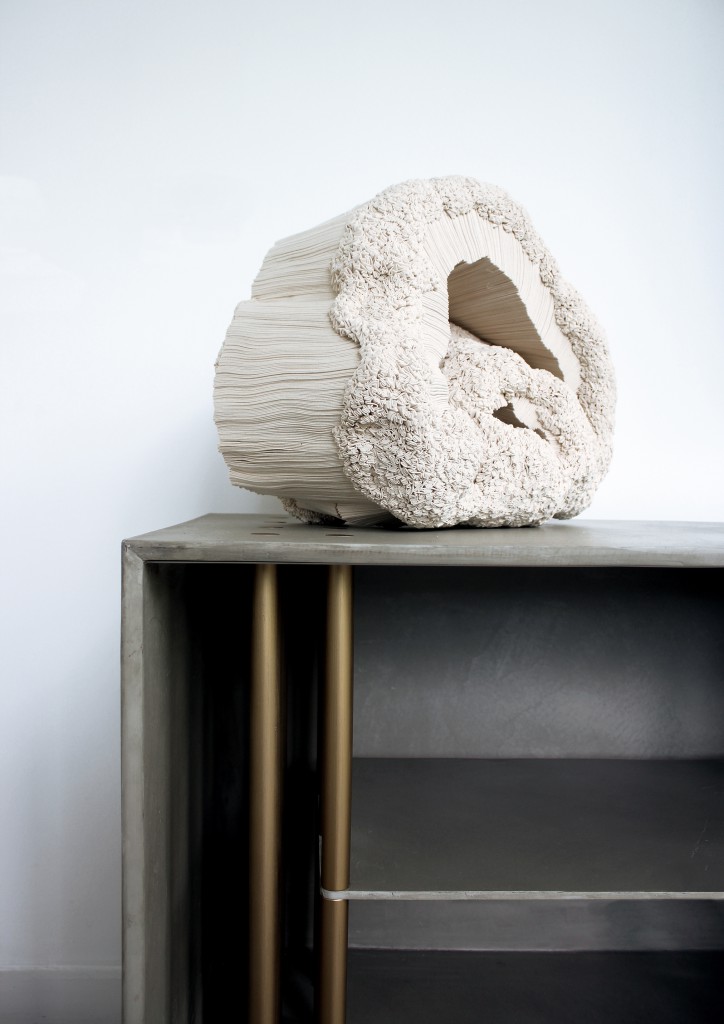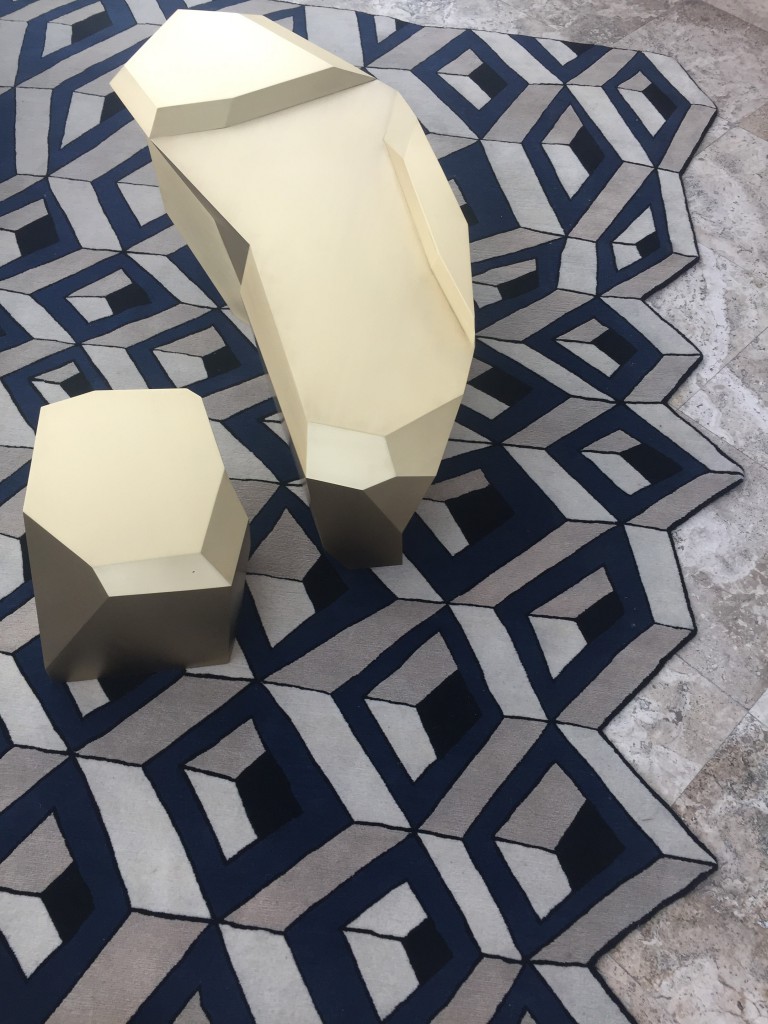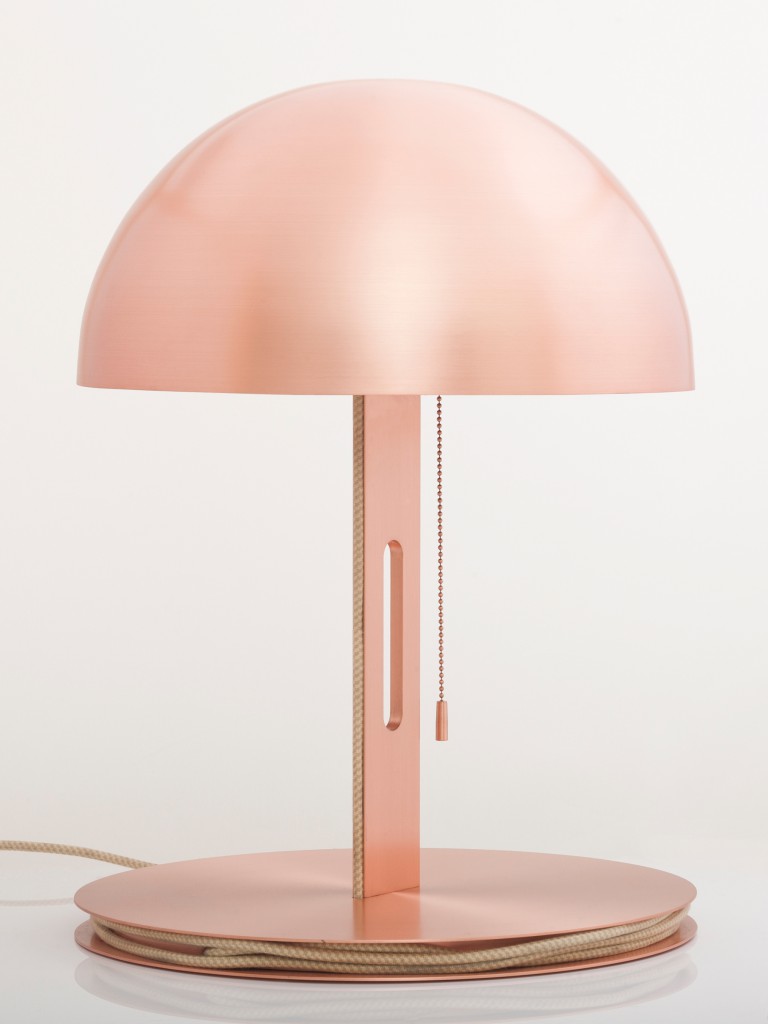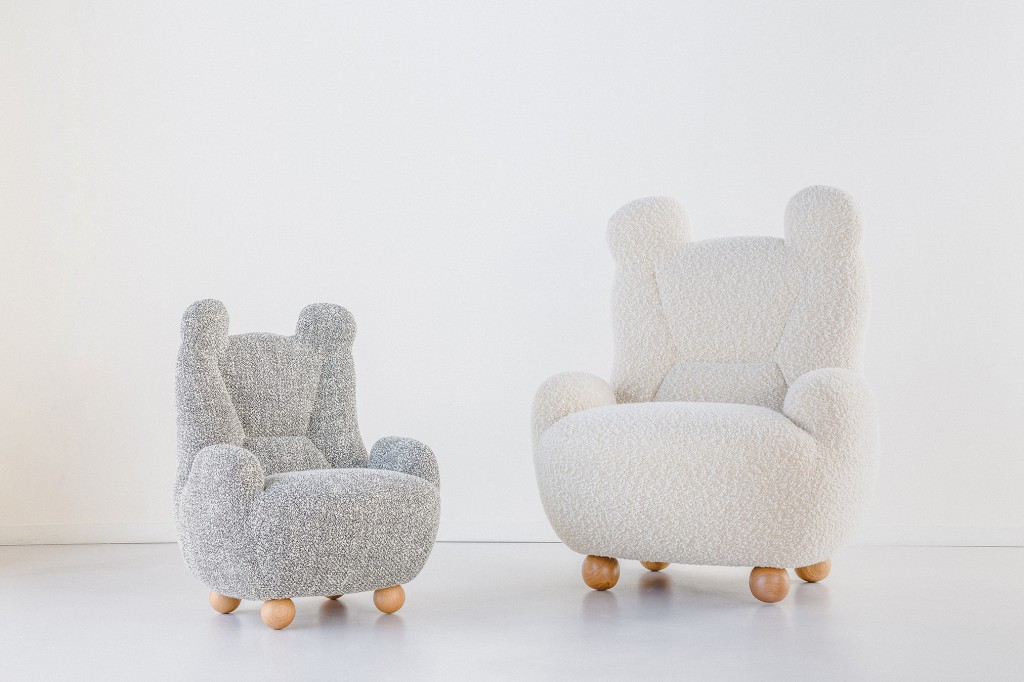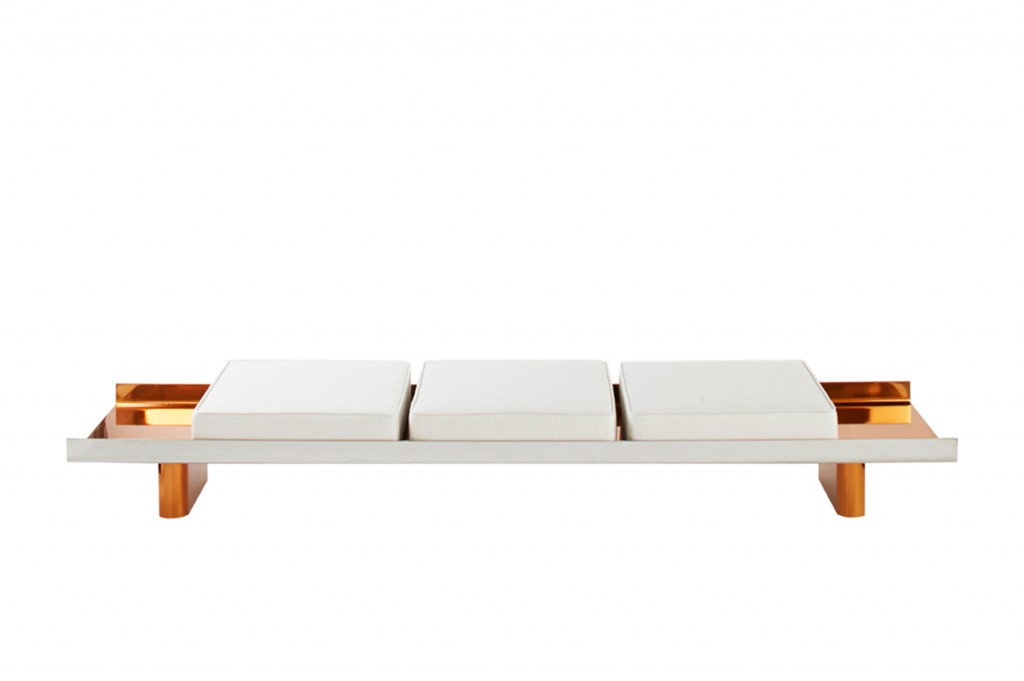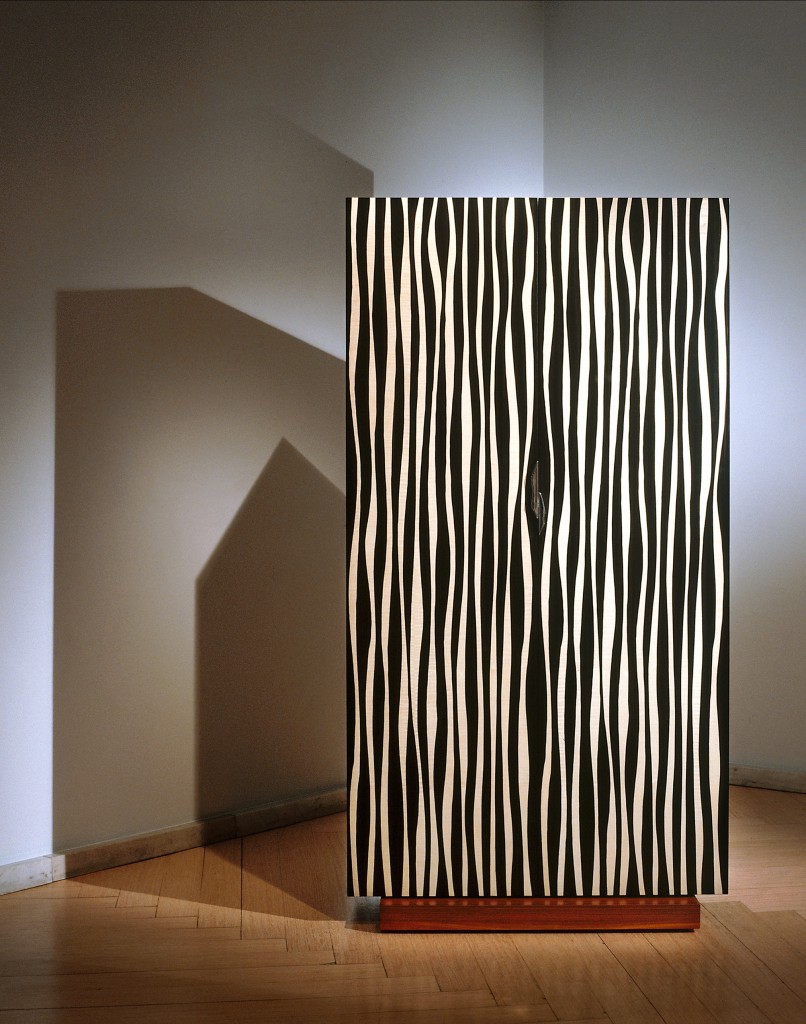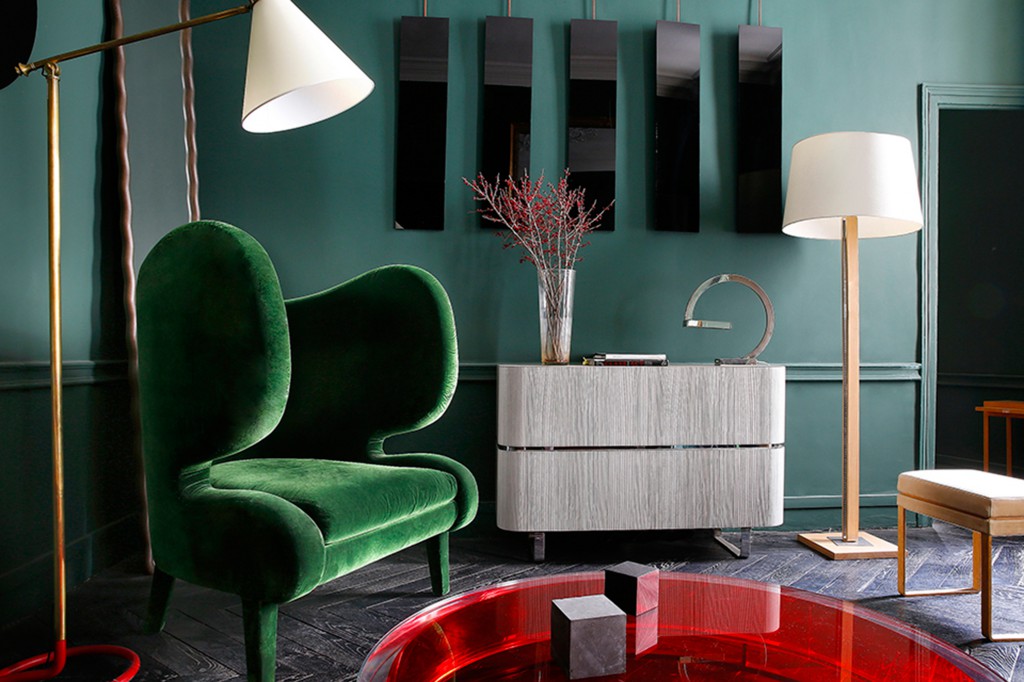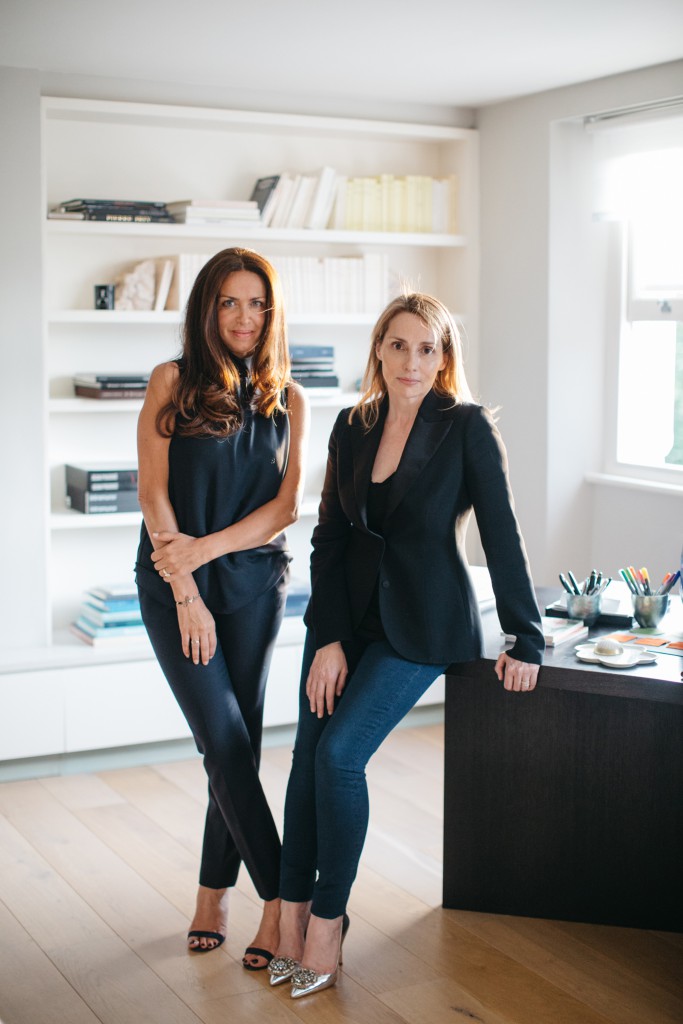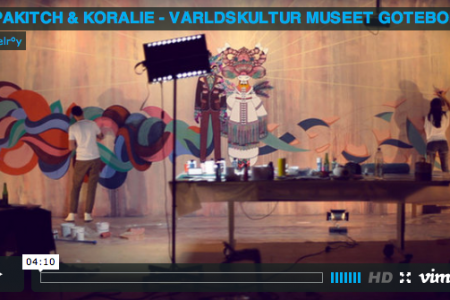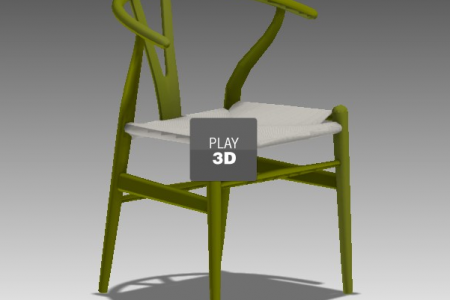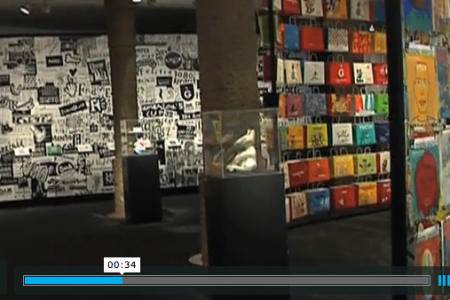Anna Zaoui and Isabelle Dubern on The Invisible Collection
Co-founder Anna Zaoui tells us about The Invisible Collection, a new website that for the first time gives the world access to exclusive French design.
The Invisible Collection is a new website that for the first time gives the world access to exclusive French design. Founded by Anna Zaoui, Isabelle Dubern and Lily Froehlicher, the collection was featured in the first US edition of Laurence Dreyfus‘s Chambres à Part exhibition series during Design Miami/ 2016. TL Magazine caught up with Zaoui, who is also advisor and board member for The SnowShow, the Serpentine Galleries, BFAMI and The Brain Circle; and Dubern, who is a former Bloomberg journalist turned luxury consultant and creative director for brands including Dior.
TLmag: Being the first to gain access to the exclusive inventory that French interior designers, architects and craftsmen hold for private clients is an unprecedented feat. What is it about The Invisible Collection proposal that convinced them?
Anna Zaoui and Isabelle Dubern: Nearly all of them were already known to us, and in many cases we had a prior working relationship with them. This greatly helped establish trust in our project. Moreover, once a few of them had signed up they all wanted to join.
What has guided your decisions while curating The Invisible Collection?
The two most important things for us were to consider the interior designer’s talent and the level of craftsmanship in the execution.
Why the focus on French furniture in particular?
France has a very long uninterrupted tradition of excellence in the decorative arts, which started with Louis XIVth, Versailles and Place Vendome; and was later perpetuated by the likes of Jean-Michel Franck and Pierre Chareau. The interior designers represented on The Invisible Collection are the proud heirs of this tradition today.
How does The Invisible Collection interface between slow made-to-order craftsmanship and the fast-paced digital marketplace?
It was very important that our site was visually attractive and that it presented each piece and each designer correctly, while also allowing for a quick and efficient route to order. From there on, it is all about the client’s needs and desires, and the production process sits outside of the digital world, firmly rooted in the real world. In the luxury sector, 79% of the clients browse online before buying, either in a physical shop or online.
You have always championed both art and design. Why do you think it is important that we regard design as art?
Both design and art create this unique form of experience where the artist’s expression meets the client’s own emotional projections, although they can be very different from one another and not necessarily aligned. They share this wonderful dimension where both artist and client can together claim ownership of the piece. And very often the clients are the same in both categories.
